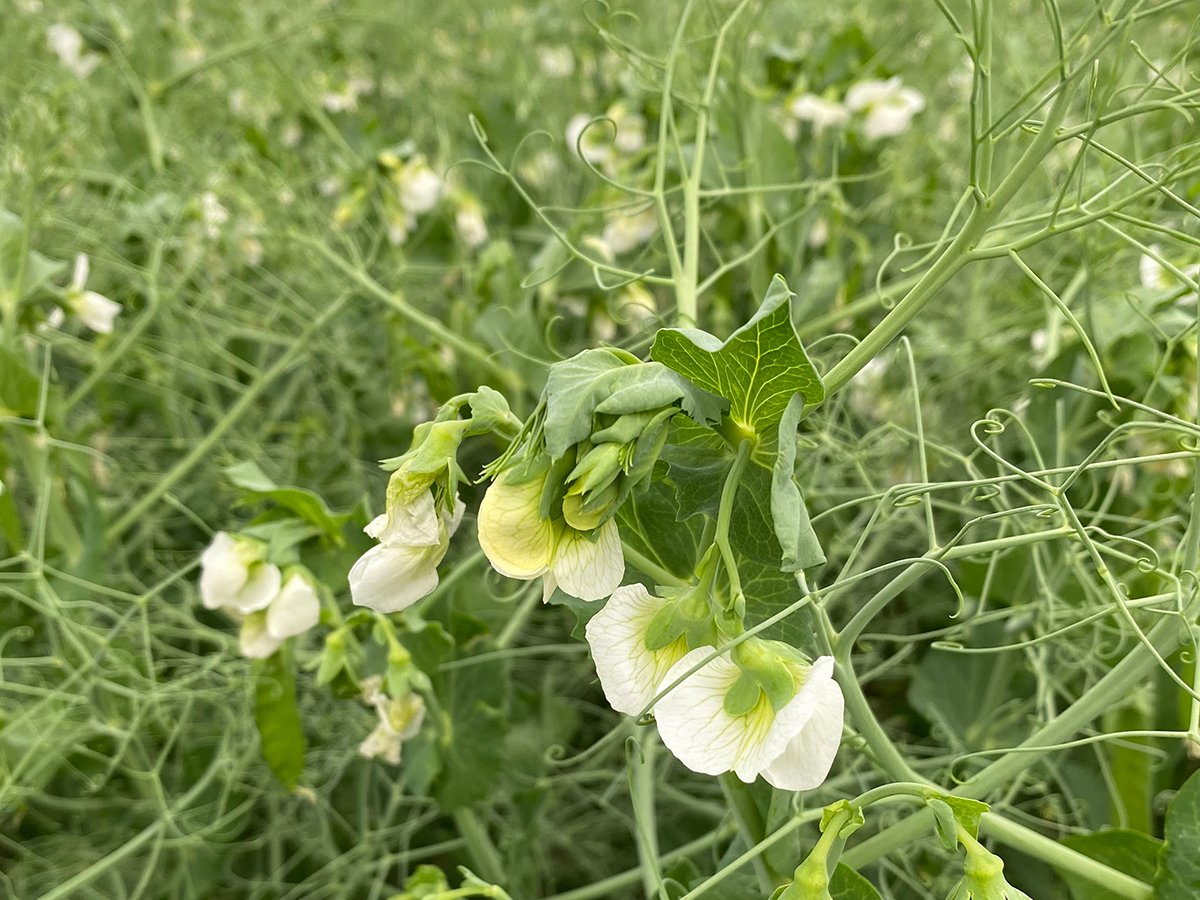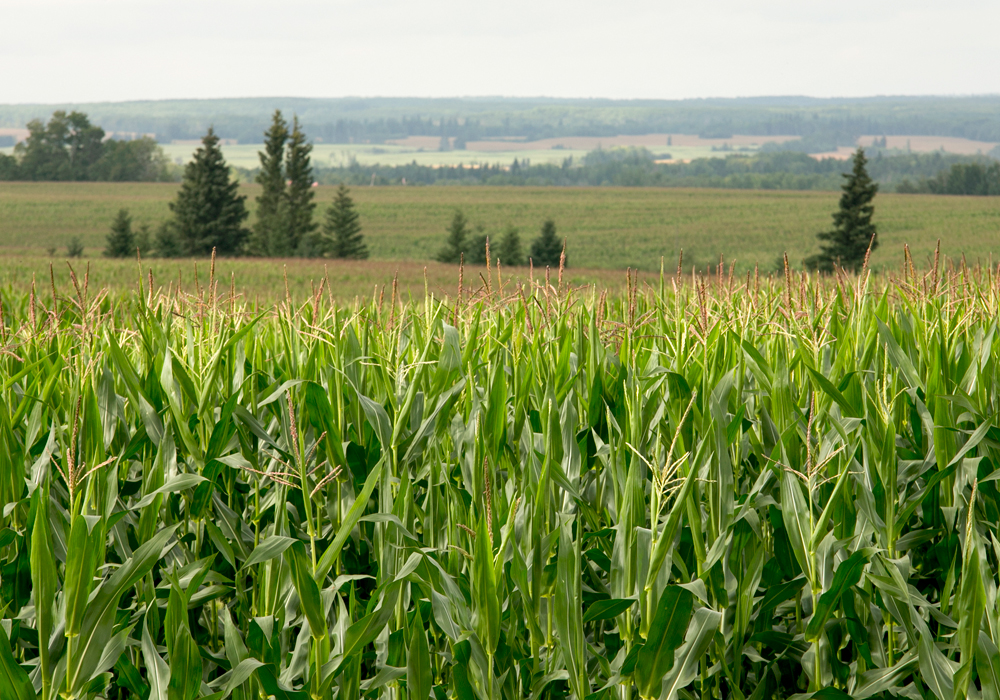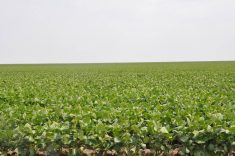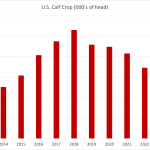The province’s producers were happy with yields last year, which will likely encourage them to stick with the crop this year
Despite parched conditions through much of Manitoba’s corn-growing area last year, grain corn yields were decent.
The average yield was 120.2 bushels per acre and in some areas the yields were much higher, depending on timely rains.
“They (yields) were better than I had expected them to be,” said Morgan Cott, Manitoba Corn Growers field agronomist. “I thought it was going to be under 110 (bu. per acre)…. Some guys were getting quite respectable yields.”
Those yields are much lower than 2015 and 2016, when Manitoba corn growers averaged 140 to 145 bu. per acre, but producers appear to be sticking with corn this year and acreage could still increase, Cott said.
Read Also

Pulse fractionation business expected to soon get a boost
Louis Dreyfus Company will soon be producing pea protein isolate at its new plant under construction in Yorkton
Manitoba had 382,000 acres of grain corn in 2018 and about 395,000 in 2017. About 400,000 acres could go into the ground this spring.
As of late April, many fields in southern Manitoba are dry and there is minimal standing water. That’s positive for spring seeding but rains are desperately needed in May, June and July to recharge subsoil moisture.
Cott is concerned about the lack of moisture and the implications for corn yields, but many growers find it hard to back away from corn because if rains come and if it’s a warm summer, yields can hit 170 to 200 bu. per acre.
“If they get 170s, 180s … I don’t think it’s jaw-dropping anymore,” Cott said.
Corn futures have trended down in 2019. As of April 29, Chicago futures were about US $3.60 per bu.
But with a 74 cent Canadian dollar, it’s still makes financial sense to grow corn in Manitoba.
Corn has been traditionally grown in Manitoba’s Red River Valley, but that’s changed with shorter season varieties enabling corn to creep westward.
“We have such early hybrids … that are in that 2,000 to 2,050 heat unit range,” Cott said. “In Manitoba we’ve moved right to the border. There’s no reason why Saskatchewan can’t start trying it too….”
Grain corn remains a tiny crop in Saskatchewan. Statistics Canada doesn’t even publish acreage estimates for it there yet.
However, Saskatchewan farmers are turning to corn for grazing and silage.
Statistics Canada forecasts 135,000 acres of silage corn in Saskatchewan this spring. That’s up from 35,000 in 2015, and 98,000 acres last year.
Bart Lardner, senior research scientist at the Western Beef Development Centre in Lanigan, Sask., said ranchers are turning to corn grazing because corn produces 2.5 to three times the amount of biomass of other feeding options.
















